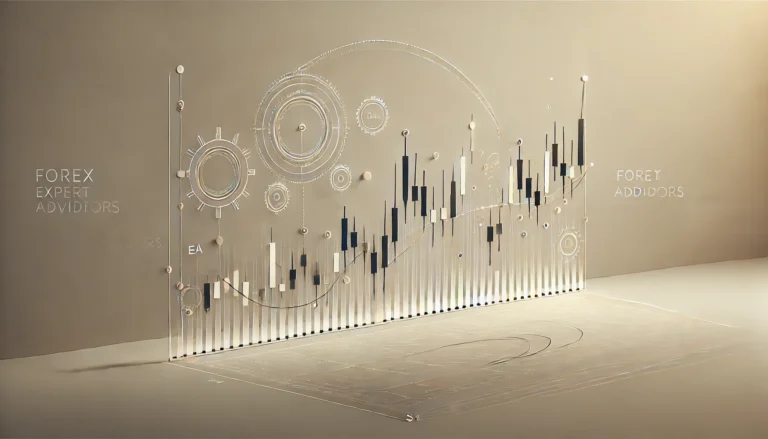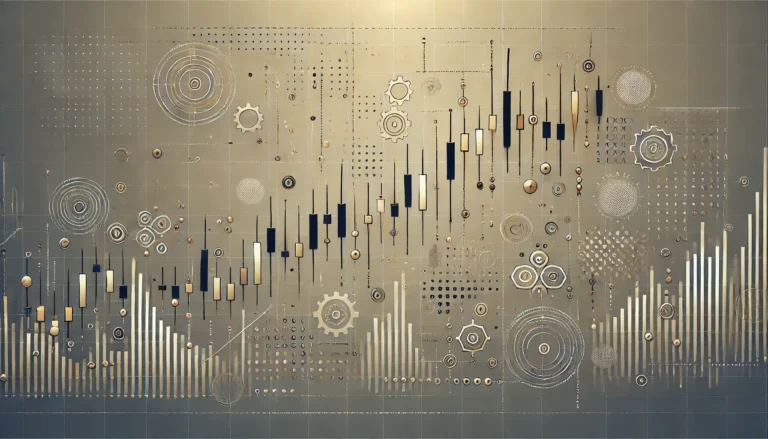The pin bar candlestick is a fascinating tool in the world of trading. This unique formation on a price chart offers traders insights into potential market movements. If you’re keen to elevate your trading game, understanding the intricacies of this candlestick pattern is essential. Let’s dive deep and uncover the secrets of the pin bar candlestick.
What is a pin bar candlestick?
A pin bar candlestick stands out due to its distinctive shape. It generally has a long wick and a small body, which signals price rejection at certain levels. When observed on a chart, it often looks like a pin with a head and a tail, hence the term “pin bar.” This pattern can provide valuable reversal signals for traders.
Traders appreciate the clarity that a pin bar provides. With a simple glance, one can gauge the battle between buyers and sellers. The longer the wick and the smaller the body, the stronger the signal. This simplicity makes it a favorite amongst both novice and experienced traders alike.
Components of a pin bar candlestick
There are three main components:
- Wick (or shadow): Represents the high and low prices during the period.
- Body: Indicates the opening and closing prices.
- Nose: The area where the real body is situated.
In analyzing these parts, you can decipher the story of price action. A lengthier wick suggests greater price rejection, while the body size tells you about the initial and final stances of the market forces.
Types of pin bar candlesticks
Understanding the types of pin bar candlesticks helps in identifying various trading opportunities. The two primary types are bullish pin bars and bearish pin bars. Both form part of essential trading strategies used worldwide.
Bullish pin bar
A bullish pin bar typically forms after a downward movement in price. Its long wick extends below the body, indicating a strong price rejection at lower levels. Traders often see this as a sign of a potential upward reversal.
The anatomy of a bullish pin bar shows buying pressure outweighing selling pressure by the close, suggesting bullish momentum. Recognizing this pattern can be pivotal in entering long positions confidently.
Bearish pin bar
Conversely, a bearish pin bar appears after an upward move. Its wick protrudes above the body, showing price rejection at higher levels. For traders, this can hint at an impending downward reversal.
With the shadow extending upwards, the bearish pin bar indicates sellers are stronger towards the end of the trading session. Spotting these can aid in executing short positions wisely.
Pin Bar trading strategies
Incorporating pin bar candlesticks into your trading strategy can enhance decision-making processes. Here’s a look at some popular approaches:
Trend continuation strategy
This method leverages the pin bar to confirm ongoing trends. For instance, if you’re observing an uptrend and spot a bullish pin bar, it reinforces confidence in holding or adding to long positions.
Similarly, in a downtrend, a bearish pin bar affirms the strength of the trend. Using this strategy means waiting for the pin bar to appear in line with the current trend before making a move.
Counter-trend strategy
Counter-trend traders seek to capitalize on possible reversals indicated by pin bars. A bullish pin bar at the end of a downtrend may suggest it’s time to anticipate a reversal and go long.
Alternatively, spotting a bearish pin bar at the peak of an uptrend can signal a good point to consider shorting. This approach requires sharp analytical skills and quick decision-making.
The importance of confluence
One crucial element when using pin bar candlesticks is confluence, which involves aligning multiple factors to validate a trade. Relying on just a single indicator can be risky. By combining pin bars with other technical indicators or support/resistance levels, you increase the probability of success.
Support and resistance levels
If a pin bar forms at a significant support or resistance level, it strengthens the likely direction. For example, a bullish pin bar at a well-established support zone can be a powerful buy signal.
On the flip side, a bearish pin bar appearing near a strong resistance level enhances its validity as a sell signal. These zones act as barriers where price tends to react distinctly.
Moving Averages
Aligning pin bar signals with moving averages can further affirm trade decisions. If a bullish pin bar emerges above an upward-sloping moving average, it showcases continued buying interest.
Contrarily, a bearish pin bar forming below a declining moving average highlights robust selling pressure. This confluence helps refine entry points and improves overall strategy accuracy.
| Candlestick Type | Typical Formation Area | Strategic Consideration |
|---|---|---|
| Bullish pin bar | End of Downtrend | Initiate Long Positions |
| Bearish pin bar | End of Uptrend | Consider Short Positions |
Common pitfalls and mistakes
Like any trading tool, misinterpretations can lead to costly mistakes. Awareness of common pitfalls associated with pin bar candlesticks is vital for mitigating risks.
Mistaking wicks for pin bars
Not every long wick qualifies as a pin bar. Confirming the small body relative to the wick is crucial. Assuming any candle with a long shadow is a pin bar can result in false signals and poor trades.
Precision matters when identifying these patterns. Pay close attention to the criteria defining a genuine pin bar to avoid unnecessary losses.
Ignoring other market dynamics
Relying solely on pin bars without considering broader market context can be detrimental. Other factors such as volume, trend strength, and news events play significant roles in validating pin bar signals.
Integrate these external elements into your analysis to craft more comprehensive and reliable trading plans. A holistic approach always yields better results than isolating a single indicator.
Psychological aspects of trading with pin bars
Beyond technicalities, understanding the psychological nuances behind pin bar formations can deepen your market insight. Traders’ behaviors and emotional responses drive price actions represented by pin bars.
Buyer and seller emotions
The wicks indicate areas where buyers or sellers attempted to push the price but faced rejection. For instance, in a bullish pin bar, the long lower wick reveals efforts by sellers to drive prices down, only for buyers to reclaim ground, reflecting renewed optimism.
Recognizing these sentiment-driven moves aids in predicting follow-through actions. Traders’ psychology captured within a pin bar’s formation can be as telling as the technical pattern itself.
Patience and discipline
Effective use of pin bars demands patience and discipline. Waiting for perfect setups rather than forcing trades based on partial information is key. Reacting impulsively can derail even the best-laid plans.
Developing a structured approach to leverage pin bars ensures consistency and minimizes emotional trading errors. Establish clear rules and stick to them diligently for sustainable success.
Advanced techniques with pin bars
For those ready to delve deeper, exploring advanced techniques with pin bars can unfold new dimensions of profitability. Mastery comes from iterative learning and adapting strategies over time.
Multiple timeframe analysis
Analyzing pin bars across different timeframes can solidify trade entries and exits. A pin bar on a daily chart might provide a macro view, while an hourly chart fine-tunes the exact entry point.
Combining these perspectives allows for greater precision and confidence. Cross-timeframe validation strengthens the argument that a pin bar signal is robust and actionable.
Complex candlestick formations
Pin bars often interact with other candlestick patterns, creating complex formations. Recognizing these synergies can unveil potent trading opportunities. For example, a pin bar followed by a strong engulfing pattern adds conviction to the expected move.
Developing an eye for these intricate combinations takes practice. Documenting observations and outcomes refines this skill, leading to more informed and effective trading decisions.
Wrapping up your pin bar journey
While there’s no fixed path to mastering pin bar candlesticks, continuous learning and application of the discussed principles hold the key. Embracing this dynamic tool with a disciplined mindset paves the way for enhanced trading performance.






